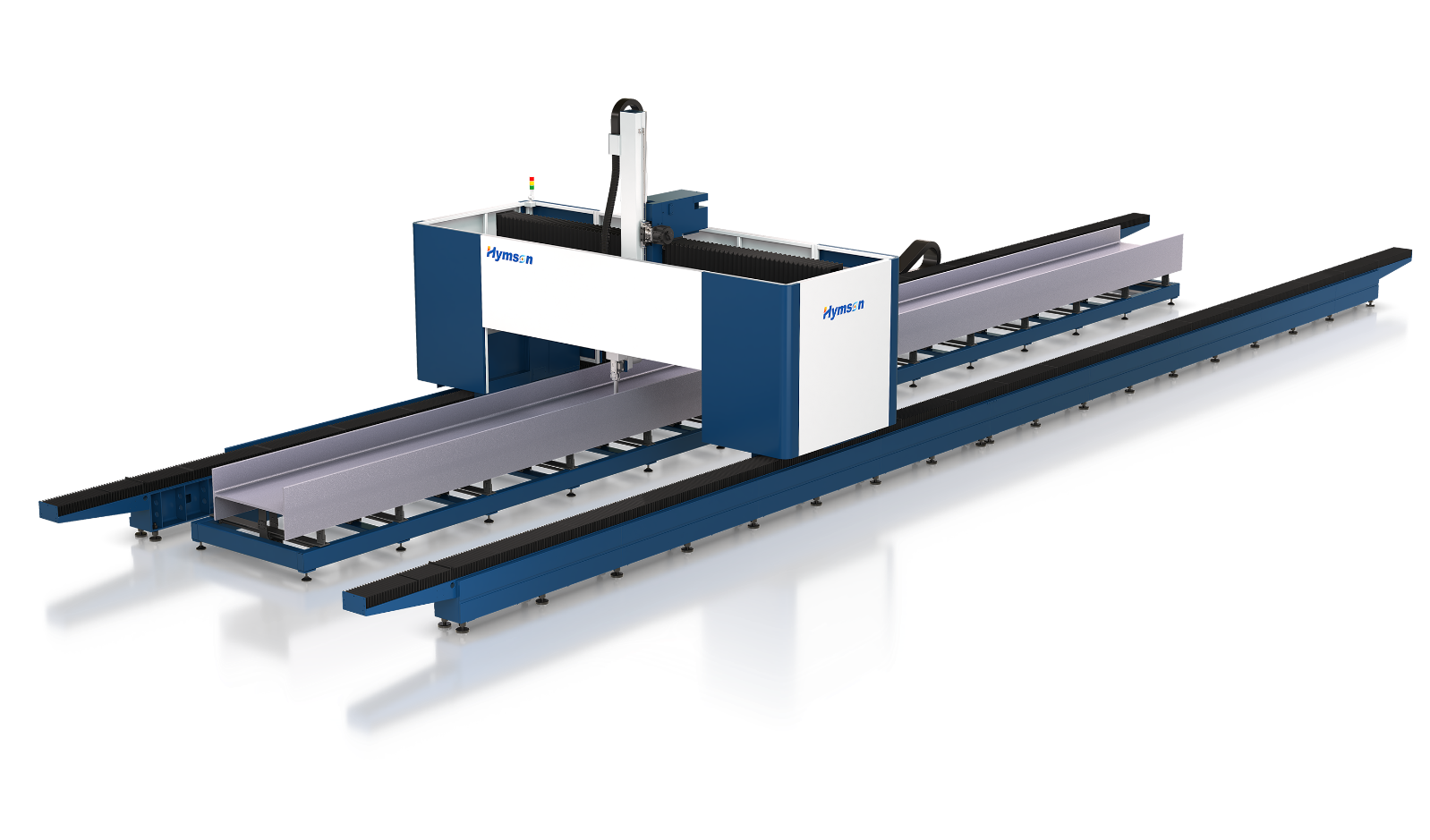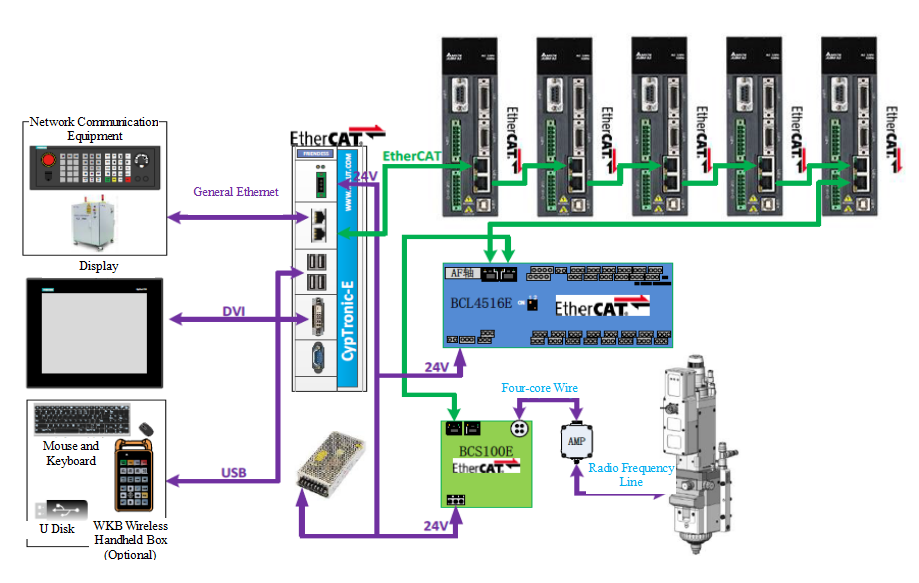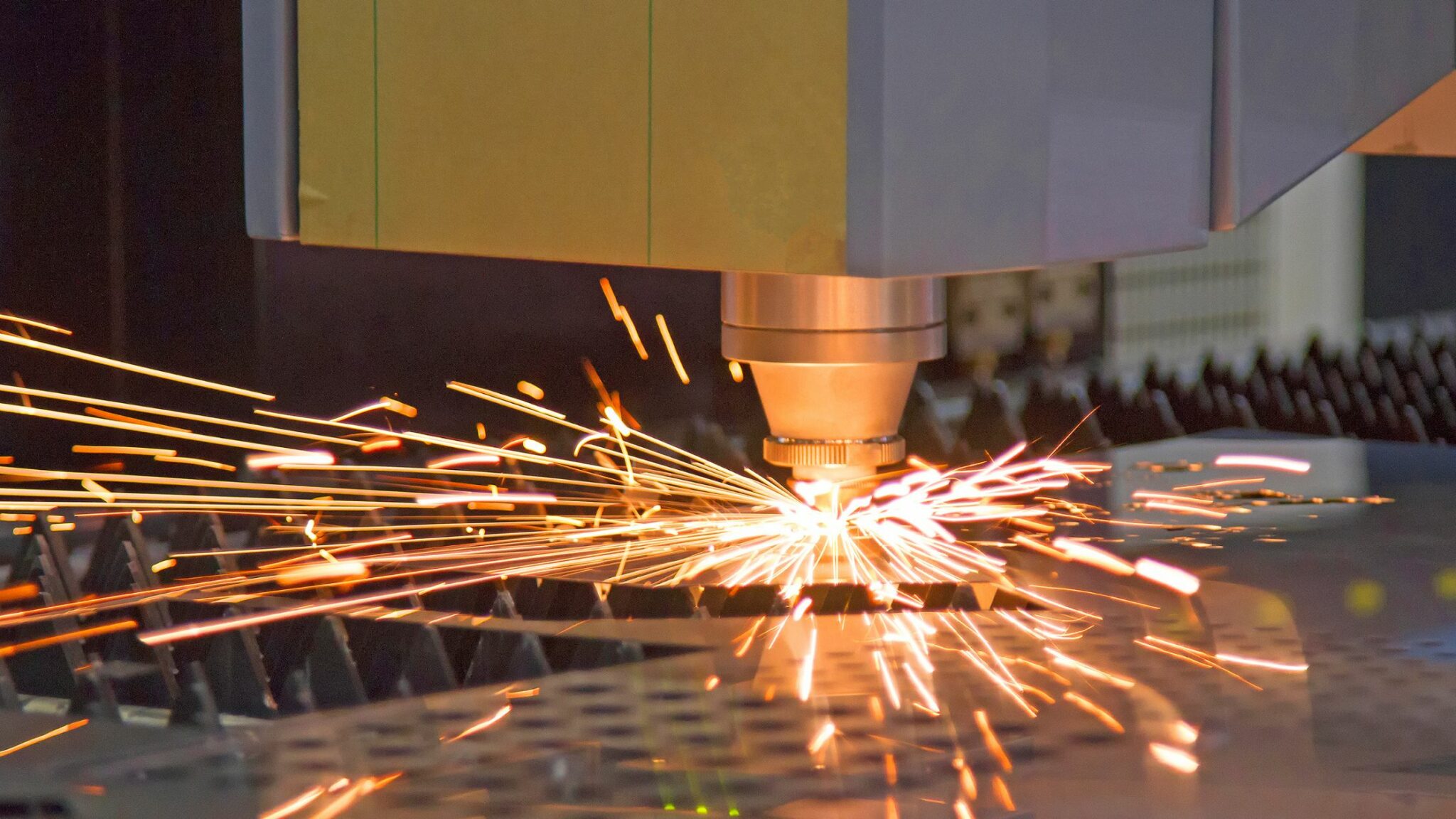In an increasingly digital world, CNC laser cutting has become a critical technology across various fields, including manufacturing, engineering, and design. This guide provides an in-depth understanding of CNC laser cutting, its technology, processes, and applications. This comprehensive understanding can unlock new opportunities for businesses.

What is CNC Laser Cutting?
CNC (Computer Numerical Control) laser cutting is a high-precision subtractive manufacturing process that uses a focused, high-power laser beam to cut, etch, or engrave materials. Guided by a computer-generated program, the laser optics and/or the workpiece are moved along a predetermined path. The intense thermal energy of the laser vaporizes or melts the material in a highly localized area, producing exceptionally accurate and clean cuts. This technology is indispensable in industries where precision and repeatability are paramount, including aerospace, automotive, medical device manufacturing, and electronics.
How Does CNC Laser Cutting Work?
The CNC laser cutting process is a systematic workflow that transforms a digital design into a physical component. It begins with a digital concept and concludes with a finished, quality-inspected part.
- Digital Design (CAD): The process starts with the creation of a 2D vector file or 3D model using Computer-Aided Design (CAD) software. This digital blueprint defines the precise geometry and dimensions of the final part.
- CAM Programming: The CAD file is then processed by Computer-Aided Manufacturing (CAM) software. The CAM program converts the design into machine-readable instructions, known as G-code. This code dictates the laser head's path, cutting speed, power output, and other critical parameters. This stage often includes "nesting"—the strategic arrangement of multiple parts on a single sheet of material to maximize yield and minimize waste.
- Machine Setup: The operator prepares the CNC laser cutting machine. This involves loading the selected material (e.g., a sheet of stainless steel) onto the machine's cutting bed and ensuring it is securely positioned. The operator then selects the appropriate program and configures machine settings, such as the laser's focal length and the type and pressure of the assist gas.
- Execution: The cutting process begins. The CNC controller executes the G-code, directing the laser head to move along the programmed path. The focused laser beam melts or vaporizes the material, while a coaxial stream of assist gas (such as nitrogen or oxygen) ejects the molten material from the cut channel (kerf), resulting in a clean separation.
- Part Removal & Quality Control: Once the cutting cycle is complete, the finished parts are separated from the raw material sheet. They then undergo a quality inspection to verify that their dimensions and features conform to the original design specifications within the required tolerances. Optional post-processing steps, such as deburring, polishing, or coating, may be performed if required.
What are the Main Terminologies used in CNC Laser Cutting?
- CNC (Computer Numerical Control): The automated system that uses programmed computer instructions (G-code) to control the movement and operation of the machine tools.
- CAD/CAM: The foundational software duo. CAD is used for designing the part, and CAM is used for generating the toolpaths and machine code.
- Kerf: The width of the material that is removed by the laser beam during the cutting process. Designers must account for the kerf to ensure the final part's dimensional accuracy.
- Assist Gas: A gas (e.g., Nitrogen, Oxygen, Air) directed into the kerf to clear away molten material, protect the lens, and, in some cases (like with oxygen on mild steel), aid the cutting process through an exothermic reaction.
- Heat-Affected Zone (HAZ): The microscopic area of the material adjacent to the cut edge whose properties have been altered by the heat of the laser. A smaller HAZ is generally desirable as it indicates less thermal distortion.
- Focal Length: The distance from the focusing lens to the point where the laser beam is most concentrated (the focal spot). Correctly setting the focal position is critical for achieving optimal cut quality and speed.
- Nesting: The process of arranging cut profiles on a sheet of raw material in a way that minimizes waste, thereby reducing material costs.

What are the Different Types of CNC Laser Cutting Machines?
CNC laser cutters are primarily differentiated by their laser source, which determines their ideal applications.
- Fiber Laser Cutters: These utilize a solid-state laser source where the beam is generated within an optical fiber. Fiber lasers are renowned for their high energy efficiency, minimal maintenance, and exceptional beam quality. They are the industry standard for processing metals, including highly reflective materials like aluminum, brass, and copper. Advanced systems, such as those from Hymson, offer high power outputs for cutting thick metals at remarkable speeds.
- CO₂ Laser Cutters: These machines use a gas mixture (primarily carbon dioxide) stimulated by electricity to produce the laser beam. CO₂ lasers have a longer wavelength, making them highly effective for cutting non-metallic materials like acrylic, wood, leather, and textiles. While they can cut thin metals, they are less efficient than fiber lasers for this purpose.
- Nd:YAG (Neodymium-doped Yttrium Aluminum Garnet) Lasers: A type of crystal-based solid-state laser. While less common for general cutting today, they can deliver very high peak power, making them suitable for thick material cutting, welding, and high-contrast engraving on metals and ceramics.
Machines are also classified by their axes of motion (e.g., 3-axis for 2D cutting, 5-axis for complex 3D parts), which dictates the geometric complexity of the parts they can produce.
What are some common applications of CNC laser cutting?
The precision and versatility of CNC laser cutting make it a vital technology across numerous sectors:
- Automotive: Manufacturing of chassis components, body panels, and intricate interior elements.
- Aerospace: Cutting high-strength, heat-resistant alloys for fuselage components, turbine engine parts, and brackets with tight tolerances.
- Electronics: Scribing silicon wafers, cutting stencils for circuit boards, and producing precise components for consumer electronics.
- Medical: Fabricating surgical instruments, stents, and custom orthopedic implants from medical-grade metals and polymers.
- Architectural & Structural: Creating decorative metal panels, custom signage, and structural steel components.
What are the advantages of using CNC laser cutting?
- Unmatched Precision and Complexity: Achieves tolerances as tight as ±0.1 mm, enabling the creation of highly intricate designs that are impossible with traditional methods.
- Superior Edge Quality: As a non-contact process, it eliminates mechanical stress on the material, producing smooth, burr-free edges that often require no secondary finishing.
- High Material Efficiency: The extremely narrow kerf allows for tight nesting of parts, maximizing material utilization and reducing scrap.
- Minimal Heat-Affected Zone (HAZ): The focused energy results in a very small HAZ, minimizing thermal distortion and preserving the material's structural integrity, which is critical for thin sheets.
- Versatility: A single machine can process a wide variety of materials and thicknesses simply by adjusting the cutting parameters in the software.
- High Speed and Productivity: Modern fiber laser systems, like those offered by Hymson, achieve exceptionally high cutting speeds, significantly reducing cycle times and boosting overall productivity.
What types of materials can be cut using a CNC laser cutting machine?
- Metals: Carbon Steel, Stainless Steel, Aluminum, Brass, Copper, Titanium. (Fiber lasers are optimal for metals).
- Plastics: Acrylic (PMMA), POM (Delrin), PETG. (Note: Cutting PVC is highly discouraged as it releases toxic chlorine gas).
- Organic Materials: Wood (Plywood, MDF), Leather, Paper, Cardboard, Cork.
- Textiles: Cotton, Felt, Polyester, Silk.
- Foams: Polyethylene, Polyurethane, Polystyrene.
- Composites: Certain composites like carbon fiber can be cut, but require specialized ventilation and parameter control.

Conclusion
CNC laser cutting has firmly established itself as a cornerstone of modern manufacturing, delivering an unparalleled combination of speed, precision, and versatility. From initial design to final product, the technology enables manufacturers to produce complex parts with exceptional quality and efficiency. As the technology continues to advance, leading providers like Hymson are pushing the boundaries with more powerful, intelligent, and automated fiber laser solutions, empowering industries to innovate and optimize their production processes for the future.
Share This Post:

